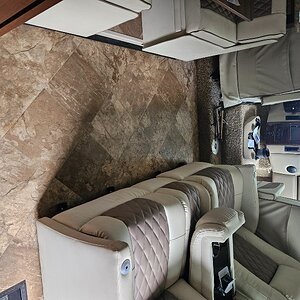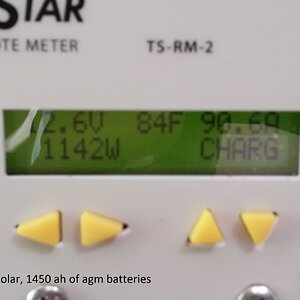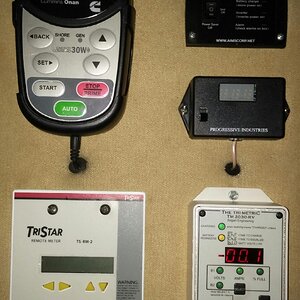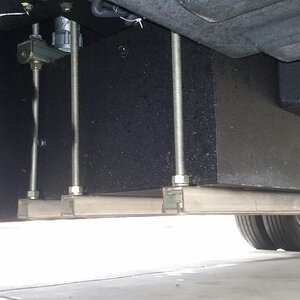redbaron
Moderator
- Joined
- Nov 3, 2019
- Messages
- 2,976
- RV Year
- 2022
- RV Make
- Newmar
- RV Model
- London Aire 4551
- RV Length
- 45
- Chassis
- Spartan
- TOW/TOAD
- 2020 Jeep Wrangler Unlimited Rubicon
It’s only done when one set is dead and you need to get power from the other.WOW! That can be a major problem!
Personally, I would eliminate that from the get go. Paralleling dissimilar battery technology is a really bad idea, especially when lithium is one of the technologies!
Ie: dead chassis and you need to start coach or generator to charge.
I will use a dc to dc charger to retain the boost feature, and that eliminates any concern over different battery types.












